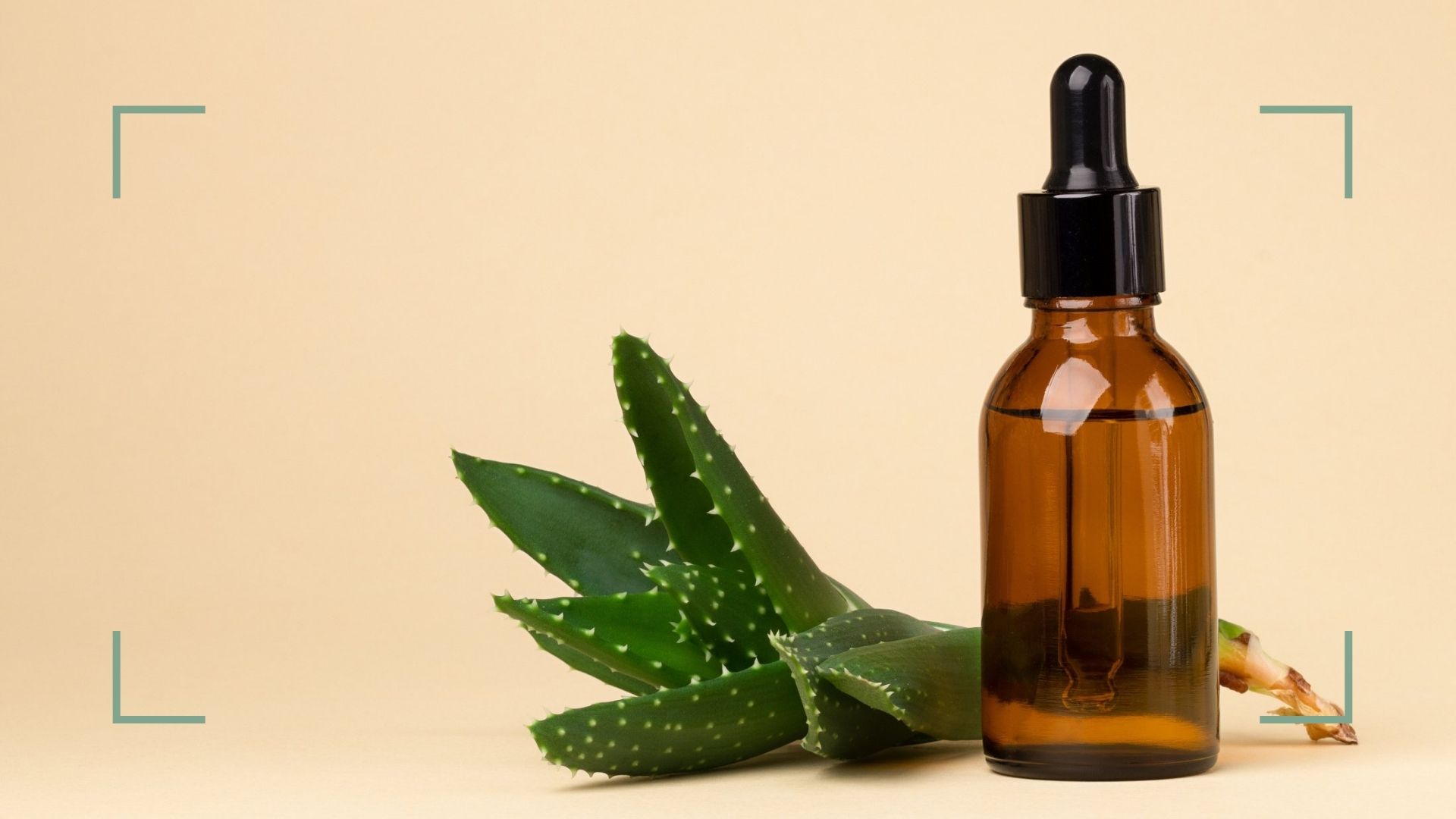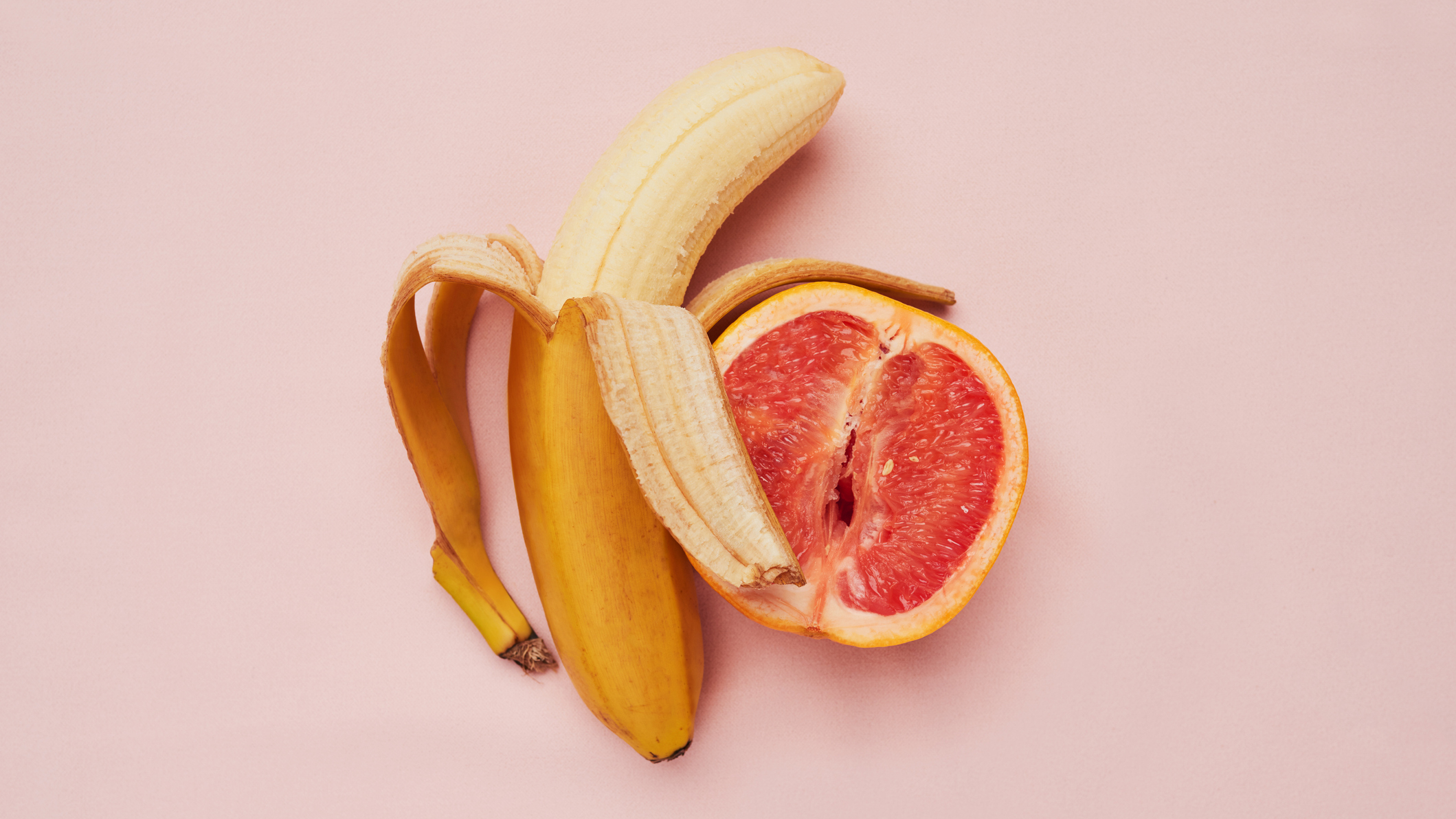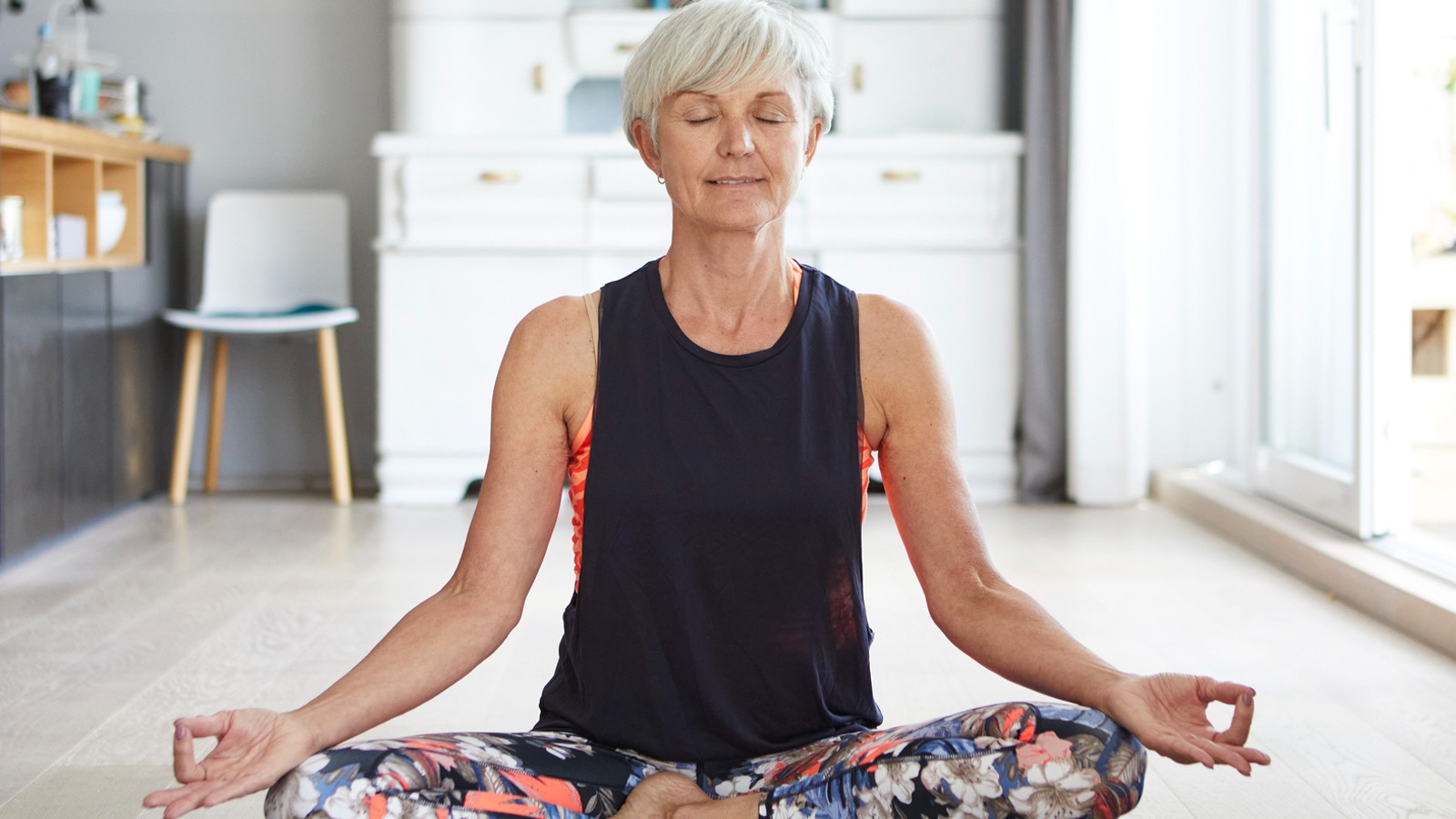Natural pain relief—how to ease discomfort at home
Don’t want to pop another pill? These natural pain relief remedies can be just as effective at alleviating any niggles


Natural pain relief, for many of us, is not our first port-of-call when it comes to treating everyday aches and pains. Instead, we tend to rely on over-the-counter medication for a quick fix. And there's no surprise we that opt for fast-acting solutions, considering more than one in five adults in the US experience chronic pain, according to the Centers for Disease Control and Prevention. While in the UK, The British Pain Society reports that ten million adults suffer pain daily.
But you needn't rely solely on medication, according to our experts. In fact, you might be surprised at just how many alternative solutions there are. From yoga for beginners to help tackle back pain to using clove oil as an at-home remedy for toothache, there are plenty of tried-and-tested methods for stopping pain in its tracks. Here, our health experts reveal the best pain relievers for combatting aches and pains, if you'd rather try a natural remedy before visiting your doctor or chemist.
Effective natural pain relief solutions
These easy tips and tricks are highly rated by our experts. It's by no means one-size-fits-all when it comes to natural pain relief, and we recommend trying different methods to find out what suits you. If you have any concerns about your health, you might want to also take a look at our guide on at-home health checks. Though, if you're experiencing extreme pain or discomfort, we recommend you make an appointment with your healthcare provider as soon as possible.
1. Have a magnesium soak

A warm bath can help relieve tension and cramping—sometimes almost instantly. It floods sore muscles with oxygen, eliminating pain naturally. Add a handful of magnesium bath salts or flakes to your tub for a muscle-relaxing boost. "The mineral activates the parasympathetic nervous system, which promotes feelings of calm and relaxation," says nutritionist Kim Pearson.
2. Reach for clove oil

For at-home toothache remedies, the traditional natural treatment of using clove oil really works.
According to a study by the British Association of Oral and Maxillofacial Surgeons and published in The British Journal of Oral and Maxillofacial Surgery, dabbing some on sore gums is more effective than other painkillers. "It temporarily numbs nerves," says pharmacist Sid Dajani.
3. Brew some ginger tea

Drinking ginger and turmeric tea daily could help ease aches. According to a study by Miami Veterans Affairs Medical Center and the University of Miami, ginger is thought to be just as effective as ibuprofen for pain relief of some conditions.
Sign up to our free daily email for the latest royal and entertainment news, interesting opinion, expert advice on styling and beauty trends, and no-nonsense guides to the health and wellness questions you want answered.
This includes osteoarthritis in the knee, and doesn’t have the side effects that ibuprofen can bring, such as stomach ulcers and heartburn.
Meanwhile, turmeric provides anti-inflammatory properties. Mix one cup of boiling water with 1/2tsp ground ginger and 1/2tsp ground turmeric. Simmer for 10-15 minutes and strain.
4. Say 'yes' to sex!

Sex can be more effective than painkillers. According to neurologists from the University of Munster, Germany, more than half of migraine sufferers say symptoms improve. The study also found that one in five sufferers experience complete relief after getting frisky.
Need a little help achieving the big 'O'? Try the best sex positions to help you orgasm with your partner. And, don't worry if you're single, you can still reap the benefits with these female masturbation techniques.
5. Have a laugh

"Laughter can lower cortisol and trigger endorphins, the body’s natural feel-good chemicals," says Rebecca Kelly founder of Haelan Therapy. "Laughter can’t take away the pain, but it can detract from its intensity." What better excuse to binge-watch Friends? Or, you can even try these laughter exercises from yoga teacher, Sarah Highfield.
- “Ho-ho. Ha-ha-ha” chanting and moving "Walk around, clapping your hands to a 1-2, 1-2-3 beat and chant “Ho-ho. Ha-ha-ha” to the clap beats. The chant should come from the diaphragm with deep inhales and exhales."
- Talking complete gibberish "Talk complete gibberish, making up words and sounds, fast and slow, high pitched and low pitched—all of it without meaning and conveying different emotion."
- Gradient laughter "Fake a smile or think of a funny moment to get started, then let out a little giggle, before building up to a full laugh," says Sarah. "Try making silly laughing sounds. Some people find it helps to close their eyes, so they can visualize a funny moment and feel their laughter and spirit building from within."
6. Try contrast bathing with heat and ice

For treating back pain at home such as lower back pain, physiotherapist Tim Allardyce from Surrey Physio, suggests using heat and ice together to reduce symptoms.
"Wrap frozen peas in a thin towel and place it over the painful spot for five minutes. Take it off and place a hot-water bottle with a cover on it over the area for five minutes, and then repeat with the ice. Do this until the pain stops."
7. Practice mindfulness

When people say pain is all in your mind, they may be on to something. Nikki Harman, known as The Mindful Nurse, teaches patients techniques that change pain perception.
"Within four to five days of practicing them, most people do find pain reduces," she explains. Try this exercise:
- Start to breathe properly "When we’re in pain we breathe shallowly but this increases levels of stress hormones that worsen pain," says Nikki. "Instead, slow and deepen your breathing. As you breathe in, expand your tummy and as you exhale, push it back in."
- Imagine your pain as something physical It might be a cartoon character, a shape or just a colour. Then, as you breathe, visualise something destroying that image.
8. Adjust your sleeping position

If you're experiencing back pain at night, adjusting your sleeping position can help.
If you're a side sleeper, place a pillow between your knees to prevent your lower spine twisting. Back sleepers should place a pillow under their knees and a small rolled up towel under the small of their back. Front sleepers should reduce strain by placing a pillow under their pelvis and lower abdomen.
If you feel your pillow is letting you down at night, now is the time to invest in one of the best pillows for neck pain or best pillows for back pain.
9. Beware of certain vegetables

Tomatoes, eggplants, and peppers may increase pain in some people, as they contain the chemical alkaloid solanine.
If you’re suffering, eliminate these from your diet for two weeks to see if you’re sensitive. If your pain reduces, start eating them gradually again and see if your pain increases. If not, continue eating them as normal.
10. Try yoga

Yoga for back pain can easily be practiced from the comfort of your own home and without any equipment. Win, win. And it doesn't matter if you don't have time for a long stint on one of the best yoga mats. There are plenty of YouTube videos no matter your ability or how much time you have. We love 'Yoga with Adriene' and "Yoga & Pilates with Katja".
Not sure which is best when it comes to yoga vs Pilates? This depends on what you're looking to achieve from your practice—whether that's more of a mindfulness approach in yoga or rehabilitation through core-focused movements in Pilates.
Whichever you prefer, both can help improve flexibility, mobility, and core strength. Together, these will help reduce and prevent recurring back pain. For a device-free stretch, try this simple hip raise to help relieve tension in your back:
- Lie on your back, knees bent, feet hip-distance apart and a few inches away from your buttocks.
- Extend your neck, chin into your chest and rest your head, have arms straight at your sides, palms down.
- Take a few breaths, then as you breathe in, curl your pelvis off the floor and lift your hips, peeling your spine off the floor. There should be a straight diagonal line from your shoulders to your knees.
- As you exhale, curl your bottom back down to the floor.
- Repeat 10 times.
w&h thanks nutritionist Kim Pearson, yoga teacher Sarah Highfield, Rebecca Kelly from Haelan Therapy, physiotherapist Tim Allardyce from Surrey Physio, The Mindful Nurse Nikki Harman, and pharmacist Sid Dajani, for their time and expertise.

Rose Goodman is a health writer across print titles and websites including woman&home.
Prior to pursuing her career as a writer, Rose obtained a degree in psychology and went on to work in adult mental health for five years, specifically working with people diagnosed with eating disorders, anxiety, depression and OCD. Mental health and wellbeing is something Rose feels incredibly passionate about and believes normalising the conversation around mental illness is something we should all actively strive to do.